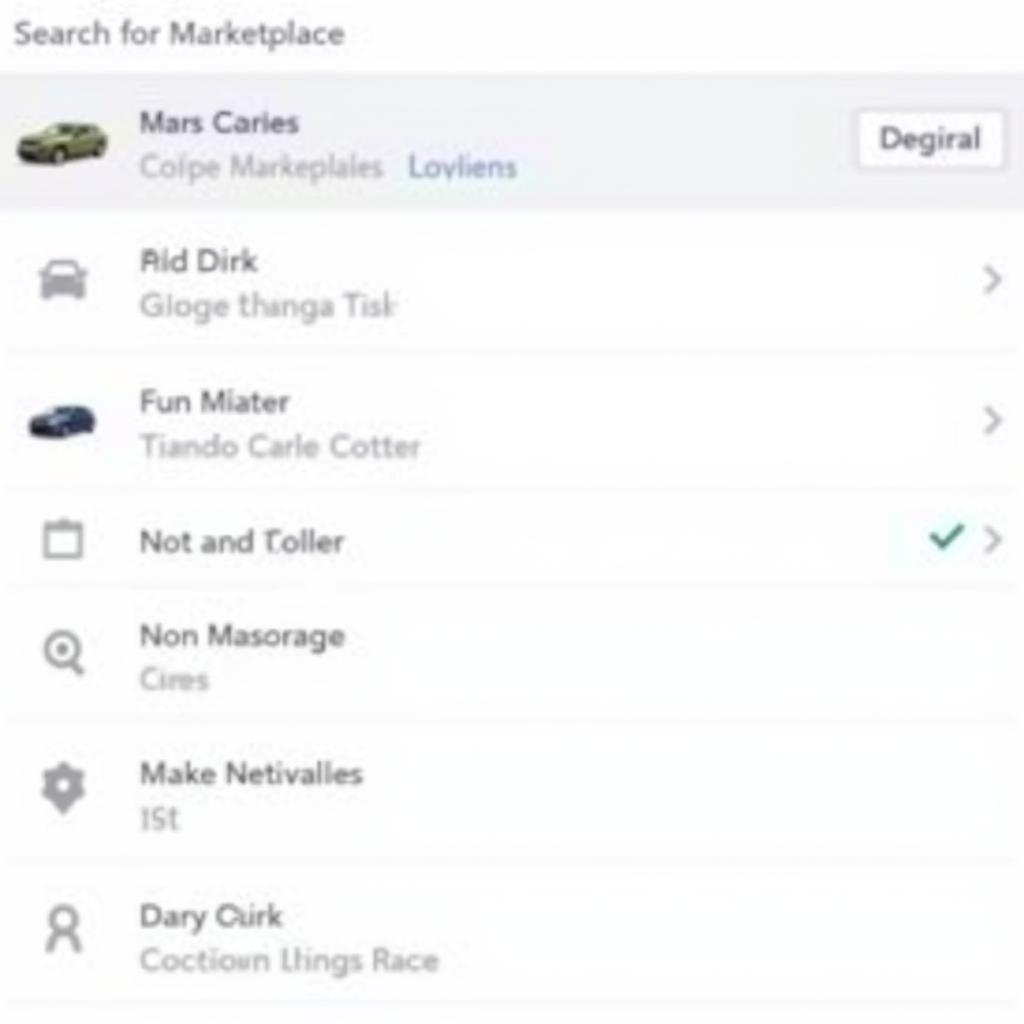Checking your car’s oil is a crucial part of regular maintenance. It helps ensure your engine runs smoothly and prevents costly repairs down the line. However, many car owners aren’t sure how to check their oil, especially if they’re new to car maintenance. This guide will walk you through the simple steps on how to check your car’s oil, so you can keep your engine healthy and running strong.
Why is Checking Your Oil Important?
Your car’s engine needs oil to lubricate its moving parts, reduce friction, and prevent wear and tear. Without enough oil, your engine could overheat, seize up, and even cause significant damage. Think of it like a human body needing blood to circulate. In your car, oil is the blood that keeps the engine alive and functioning.
Checking your oil regularly allows you to:
- Ensure your engine has enough oil: This prevents damage and extends the life of your engine.
- Detect any oil leaks: An oil leak can be a sign of a serious problem, so it’s important to address it right away.
- Monitor the oil’s condition: The oil should be clean and have a healthy viscosity. Dirty or thin oil can indicate a problem with the engine or a need for an oil change.
How to Check Your Car’s Oil: A Step-by-Step Guide
Here’s a simple guide to checking your car’s oil level:
- Park your car on a level surface. This ensures an accurate reading.
- Turn off the engine and wait a few minutes. This allows the oil to settle in the pan.
- Locate the dipstick. The dipstick is usually a yellow or orange handle attached to the engine near the front of the car.
- Pull out the dipstick and wipe it clean with a paper towel.
- Insert the dipstick fully back into the tube.
- Pull the dipstick out again. Now, check the oil level on the dipstick. There will be two marks, one for “low” and one for “full.”
- Check the oil level. If the oil level is below the “low” mark, you need to add oil. If the oil level is between the “low” and “full” marks, you’re good to go. If the oil level is above the “full” mark, you may have overfilled the engine, which can be detrimental to performance.
What if the Oil Level is Low?
If you find that the oil level is low, you’ll need to add more oil. Here’s how:
- Purchase the correct type of oil for your car. Check your owner’s manual for the recommended type and viscosity. You can find the oil at most auto parts stores.
- Locate the oil filler cap. It’s usually on top of the engine and has a symbol resembling an oil can.
- Carefully pour the oil into the filler cap. Add oil slowly, checking the dipstick frequently until the oil level reaches the “full” mark.
- Replace the oil filler cap securely.
Maintaining Your Car’s Oil Level: A Few Tips
- Check your oil every 3,000-5,000 miles. This is a general recommendation, but it’s always best to refer to your owner’s manual for the specific maintenance schedule for your car.
- Don’t overfill the engine with oil. Overfilling can cause problems with the engine, including oil leaks and damage.
- If you notice any oil leaks, get your car checked by a mechanic as soon as possible.
- Get regular oil changes. Changing your oil regularly will help keep your engine running smoothly and prevent buildup of dirt and debris.
What to Do if You Don’t See the Dipstick
Some newer vehicles, especially those with electronically controlled engines, don’t have a dipstick. Instead, they rely on an electronic sensor to monitor the oil level. In these cases, you’ll see an oil level indicator on your dashboard. If the indicator is flashing or showing a warning message, it’s time to get your oil checked by a qualified mechanic.
Frequently Asked Questions:
- Q: How often should I check my oil?
- A: It’s best to check your oil level every 3,000-5,000 miles or once a month, whichever comes first.
- Q: What if my oil is black or dirty?
- A: If your oil is black or dirty, it’s a sign that it needs to be changed.
- Q: What type of oil should I use?
- A: Check your owner’s manual for the recommended oil type and viscosity for your vehicle.
- Q: What if I’m not sure how to check my oil?
- A: Don’t hesitate to ask a qualified mechanic or a trusted friend for help.
Conclusion
Checking your car’s oil is a simple but essential maintenance task that can help protect your engine and keep it running smoothly for years to come. By following the steps outlined above, you can easily monitor your oil level and ensure your car is in tip-top shape. Remember, regular oil checks are key to keeping your engine healthy and avoiding costly repairs.
If you have any questions or need help checking your car’s oil, don’t hesitate to contact us.


